Smile design is the process that the dentist goes through to plan and visualize the patient's desired smile. Sometimes it's just about correcting some of the blemishes in your teeth that you may feel self-conscious about. A smile design is the process of planning cosmetic and orthodontic procedures that will create an Instagram-worthy smile. Cosmetic dentists base aesthetics on the patient's mouth and face.
The process may include implants, crowns, veneers, whitening, lip lifts, and gum alterations. There may also be some physical benefits to your smile, such as enamel fortified with veneers or crowns to cover sensitive areas. Digital smile design (DSD) is the newest smile design technology used by most design dentists. It allows patients to see what their new smiles will look like before starting the procedure.
Dentists and patients can work together to create the optimal smile. Digital technology is also more accurate and produces better results than older methods. Harmonizing an aesthetic smile requires a perfect integration of facial composition and dental composition. The facial composition includes the hard and soft tissues of the face.
Dental composition refers more specifically to teeth and their relationship with gingival tissues. A smile design should always include evaluation and analysis of facial and dental composition. The interpupillary line must be perpendicular to the midline of the face and parallel to the occlusal plane. Lips are important as they create the boundaries of smile design.
If we find significant discrepancies in the two factors mentioned above, then we should seriously consider the correction of the facial composition, before we venture into the correction of the dental composition. The width of the face should be the width of five “eyes. Current position of the tooth within the dentoalveolar shell The current general position of the tooth in the dentoalveolar shell is another important consideration when it comes to developing a new ideal smile. The design takes into account the relationship between every aspect of a person's mouth and face, including gums, lips and teeth.
The general mobility of the lips is simply the movement of the lips at rest to the farthest position that occurs when the patient smiles spontaneously and is directly related to the length of the upper lip. Some insurance providers may cover aspects of Smile Design that improve tooth function, such as dental crowns, implants, and dental joints. The correct tooth ratio is related to facial morphology and is essential for creating an aesthetically pleasing smile. Creating an ideal smile may require orthodontics, orthognathic surgery, periodontal surgery, cosmetic dentistry, oral surgery and plastic surgery.
Therefore, the overall angulation of the midline is more critical than the general position of the midline to create an aesthetically pleasing smile. The reverse smile line or the reverse smile line occurs when the central ones appear shorter than the canines along the incisal plane. Smile transformations can take anywhere from three weeks to several months, depending on each individual situation. Smile design is a practice that helps dentists design their unique and personalized smile par excellence.
Patients looking for a larger scale smile makeover can get their work done on a second and third date for the sake of comfort. Setting the correct gingival levels for each individual tooth is the key to creating a harmonious smile. All patients will receive personalized recovery instructions after their smile makeover, such as when they will be able to eat after the procedure and if dietary restrictions are required. .
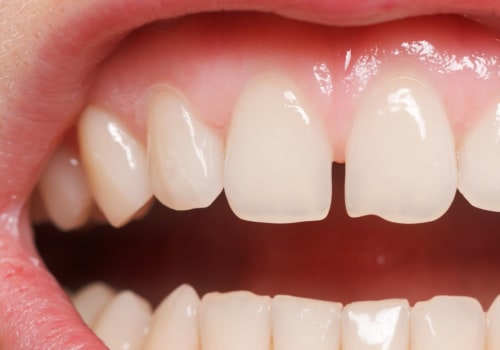
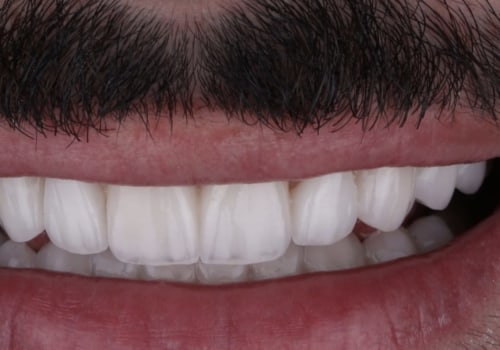

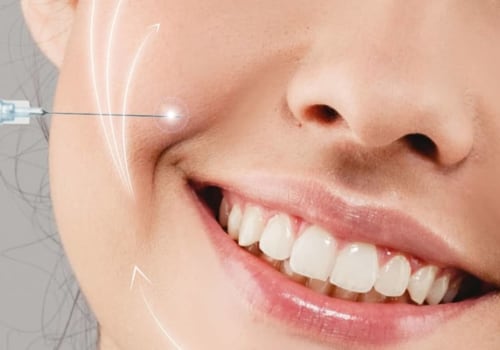




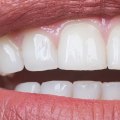
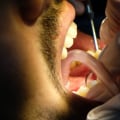


Leave Reply